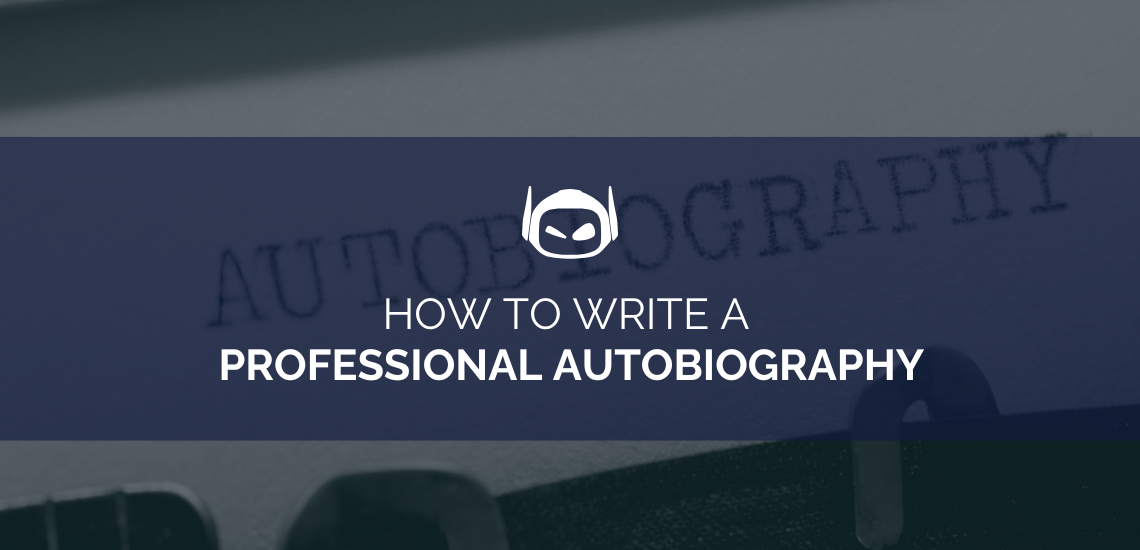
Writing a professional bio can be a rewarding process. However,...

Do you need to complete a professional resume and increase...
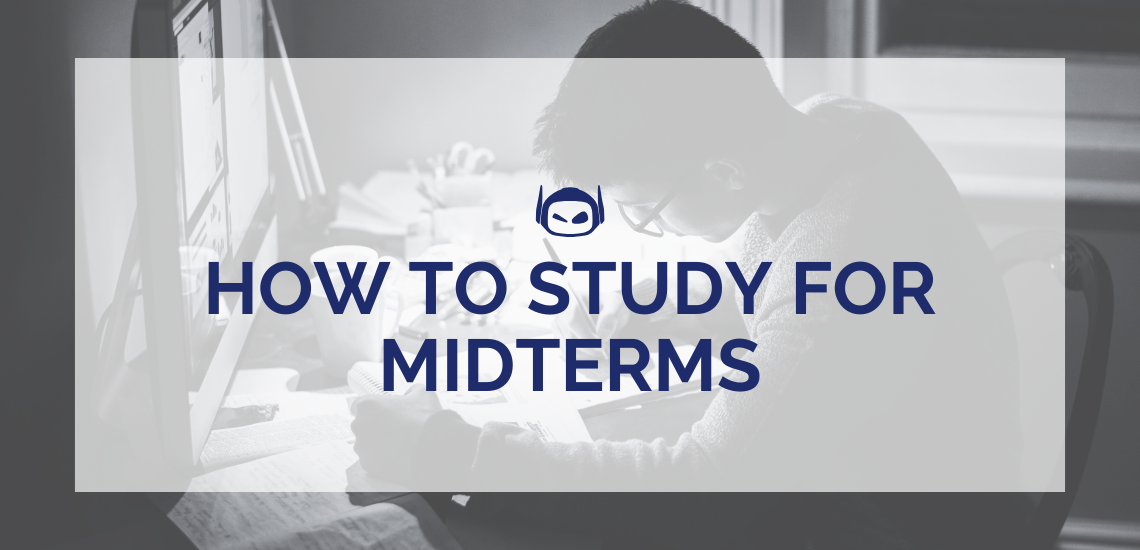
General Guide About Content and Writing
Midterm exams, whether high school midterms or college midterms, play...
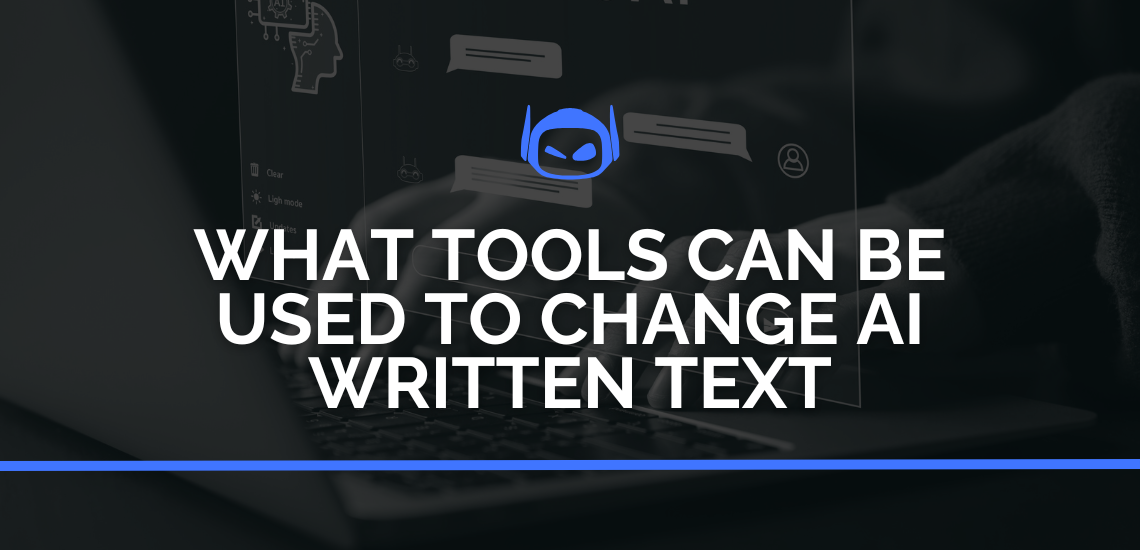
General Guide About Content and Writing
In some instances, your AI content generation tools may not...
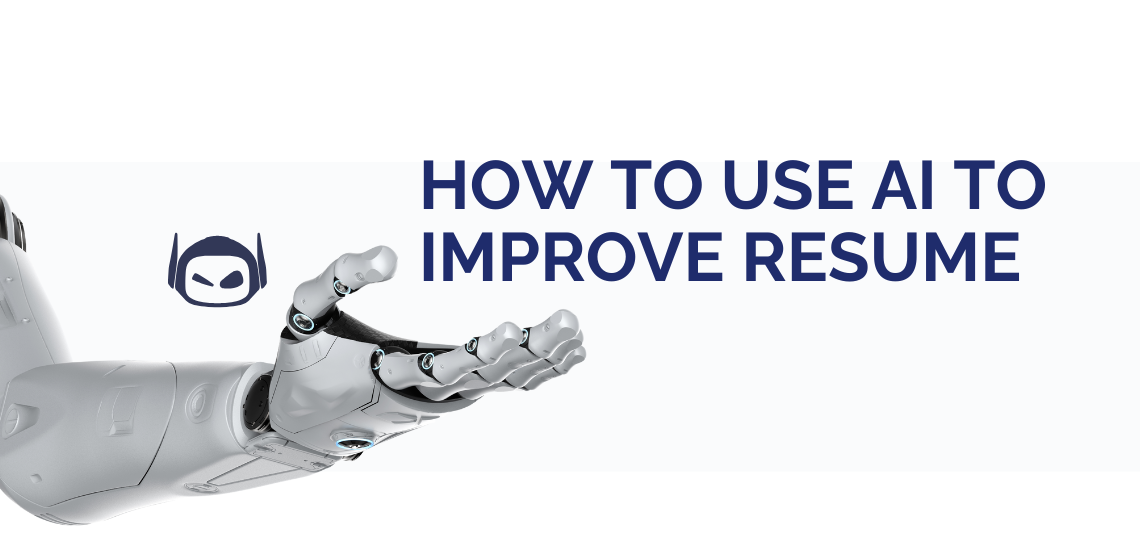
Job hunting and beginning the search for a new career...
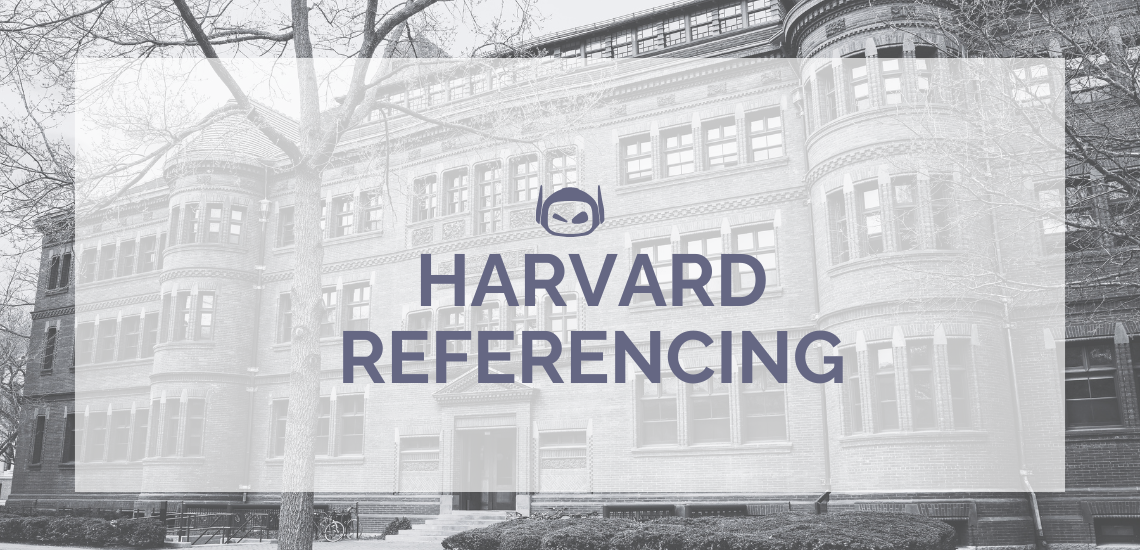
Did you receive an assignment that requires Harvard referencing, and...
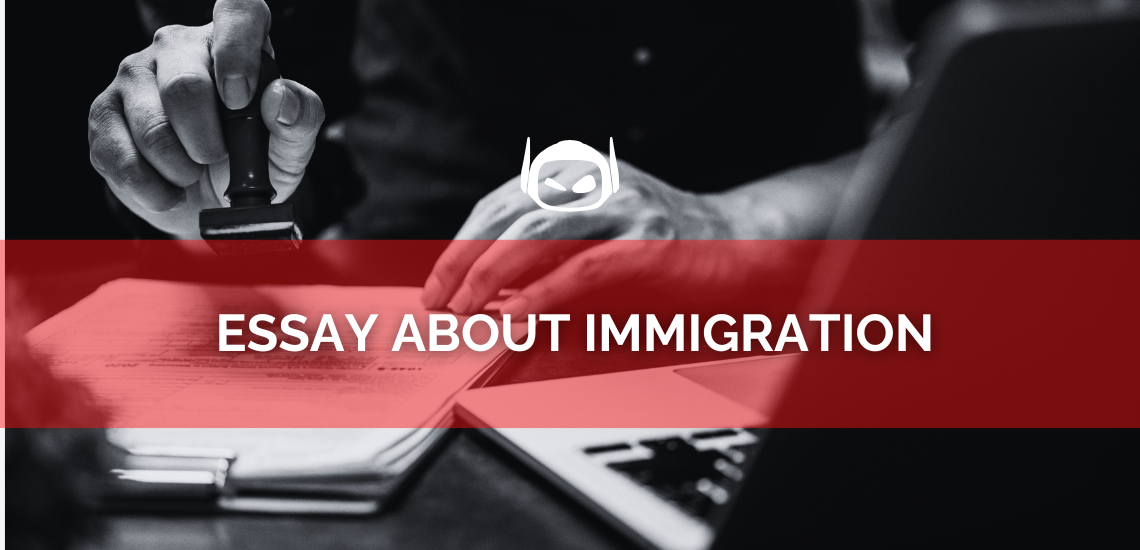
There is a wide range of topics you can tackle...

AI technology is becoming increasingly popular when it comes to...

Executing a GPT-4 SEO content marketing campaign can skyrocket your...